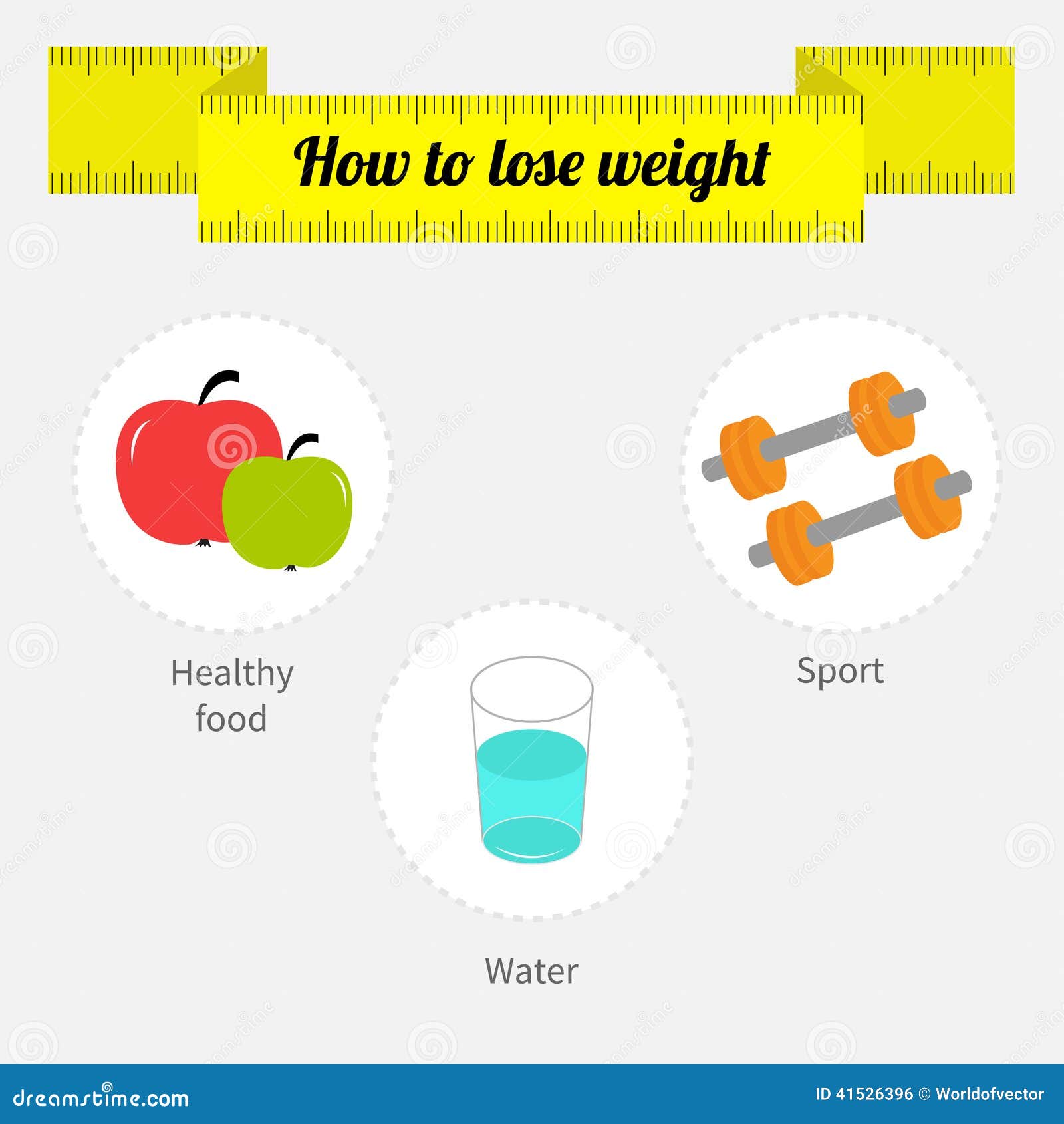Cold laser treatment is a non-invasive, pain-free treatment that helps reduce swelling and increases cell regrowth. It is a risk-free alternative to intrusive treatments and frequently has immediate outcomes.
Laser photons start a chain reaction of chemical reactions within the cell that reduce discomfort, swelling, and accelerate recovery. It boosts blood circulation to the area by generating vasodilation.
What to Anticipate
Cold laser therapy is a non-invasive treatment that makes use of low-level laser light to pass through deep into injured cells, causing cell function on multiple degrees to advertise tissue recovery. This helps in reducing discomfort and swelling, while advertising muscle contractions and regeneration.
Throughout a session, you'll sit or relax conveniently and the practitioner will certainly mark the locations on your body that requirement to be treated. The expert after that applies a tiny handheld device with the laser to the location. During the therapy, you might feel a mild tingling or heat in the location of your injury.
Before starting therapy, it is essential to cleanse the location of your injury and get rid of any kind of precious jewelry or other things that might hinder of the laser's path. It's also vital to prevent any type of flammable materials that could be in the area of the laser beam. This will certainly guarantee your security and the effectiveness of the therapy.
Preparation
Cold laser treatment works by beaming light externally of your skin. The light is absorbed by the leading layer of your skin and then boosts the cells to produce power that promotes recovery.
Throughout the treatment, you might feel a cozy or tingling feeling in the area that is being treated. This is entirely typical, though you need to let the expert know if the experience is uncomfortable or also strong.
This treatment has a great deal of guarantee for aiding patients with distressing brain injury (TBI). The treatment is non-invasive and does not have any kind of negative side effects. Nevertheless, even more study is required to establish the optimal treatment protocol. The very best method to learn if you are a candidate for this sort of treatment is to consult with a trained physical therapist. They will be able to assist you figure out if chilly laser treatment is right for you.
The Therapy
As soon as the practitioner has properly positioned you for treatment, they will then put the cold laser device on the injured area. They may keep it on for 30 seconds or longer, depending on the size of the injury and its sensitivity. They will use protective goggles to guarantee that the laser does not directly hit the eyes, and they will ensure that you are safeguarded from any glare that could occur.
You may feel a small prickling experience on the area that is being treated, but it will not be unpleasant or uncomfortable. This is an indication that the laser is working to stimulate the healing procedure in the influenced cells.
A lot of individuals experience pain low level laser therapy near me relief within a few sessions, with some seeing lasting outcomes also after a number of months of treatments. It is essential to note that LLLT is not meant as a single therapy for any type of chronic pain problem and it need to be coupled with other therapeutic techniques in order to attain optimal results.
Post-Treatment
After you lie down or sit, the expert will certainly utilize a wand with a series of light-emitting diodes to target your discomfort website. You will wear protective eye safety glasses, and the laser might be held on your skin for 30 to 60 seconds. You might feel a mild, comforting experience throughout the treatment.
The photons from the laser penetrate deep into your cells, activating a recovery action on a mobile degree. Unlike various other kinds of laser treatment, this low-intensity method does not develop warm.
Some research studies have revealed that cold laser treatment works in treating a variety of problems, including persistent discomfort and injuries. Nevertheless, it is less commonly approved as a conventional clinical practice, and it isn't covered by several medical insurance strategies. Furthermore, it is not suggested to be used over any suspicious malignant sores or carcinomas or on pregnant females. You need to constantly speak with your oncologist before seeking this type of treatment.
